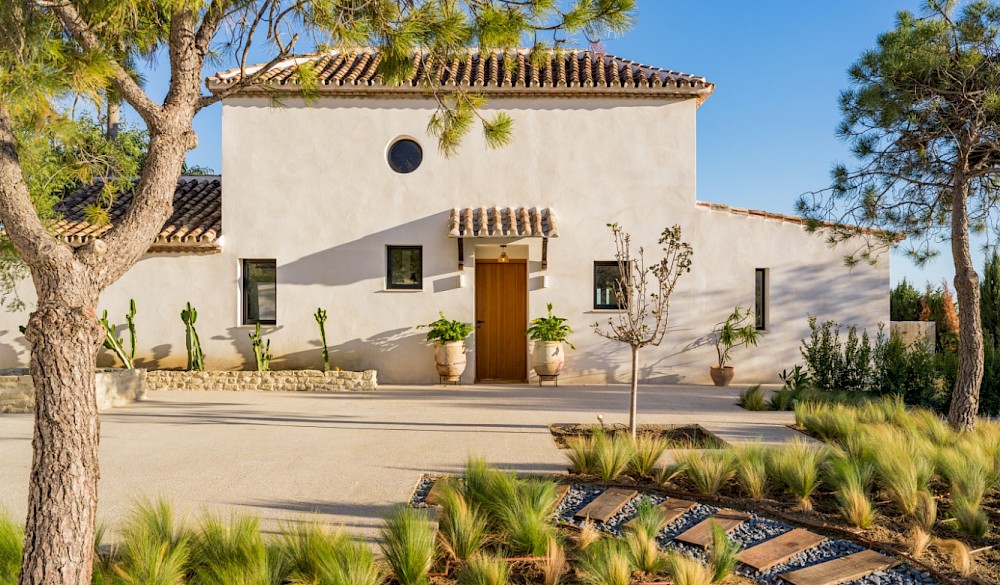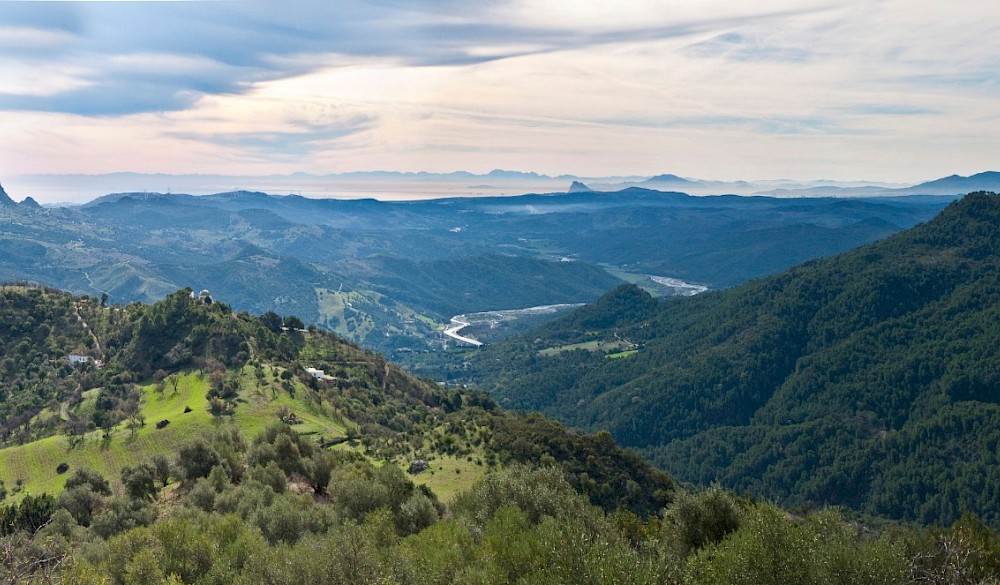Only a few minutes away from the hectic hedonism of the coast, the Sierra de las Nieves offers you a unique opportunity get back to Nature.
The cosmopolitan Costa del Sol has become one of the most sort after locations in the world. Its climate, lifestyle and greatly improved infrastructure have resulted in high net worth individuals and international companies, especially in the digital and light industry sectors, relocating to the coast.
As welcome as this high tech buzz is, however, there are times when even the biggest online entrepreneur needs to get away from it all and reconnect with nature. Located a ten minute drive from Marbella, the Sierra de las Nieves is a pure paradise of contrasts – from the deepest gorge in Andalusia (called GESM) to the soaring peak of the La Torrecilla mountain, just under 2000m. The park also has complex array of cliffs, caves, caverns and sinkholes, including the Cueva de la Tinaja, Sima del Aire and Sima Prestá.
Designated a National Park by the Junta de Andalucia in 1989 and a protected Biosphere by UNESCO in 1995, the Sierra de las Nieves takes in 680 km2 of unspoilt and hugely varied countryside. From El Burgo in the north to Istan in the south and with Tolox on the east, the park is home to a fascinating array of flora and fauna.
Of the 1,500 types of plant found in the Sierra de las Nieves, perhaps the most famous is the pinsapo. This Spanish fir tree, found only in the very south of Spain, was on the verge of extinction in the 1930s. Since then, however, the iconic pinsapo has flourished. The Sierra de las Nieves is also home to various types of oak as well as cork trees. The trees are still harvested in the traditional way, and it is a common sight to see them stripped of their bark.
Although the mountain goat is the emblematic animal of the Sierra de las Nieves, the area is an especially important protected area for birds. There are over 110 different species, including the magnificent Golden Eagle and Bonelli Eagle as well as hawks and owls. During the migration season, large flocks of honey buzzard and black kites are common. The varied landscape, from forests to gorse and riversides, is also home to herons, partridge, wild boar, foxes and otters, while bats, chameleons and salamander can also be found.
The Sierra de las Nieves has a rich and fascinating history that includes the remains of settlements by the Romans, Phoenicians and Carthaginians. Structures such as the Puente Malaga in El Burgo or the amphitheatre and necropolis in Anicipo are outstanding reminders of this past, as are the irrigation systems and mills that were further refined by the Moors during the 700 year period of Islamic Spain known as Al-Andalus. Many of the villages found through the Sierra de las Nieves still display this heritage in their layout, with watchtowers and castles testimony to a past that was often marked with strife between rival Moorish factions as well as the Christians during the “Reconquista”. After the Moors were finally defeated in 1492, the majority of mosques were converted into churches.
The most romantic history of the Sierra de las Nieves is that of the bandits – los bandoleros. In the 19th century, they frequently held up travellers before disappearing back into the forested hills and valleys or hidden caves. The handsome bandolero became a popular figure in contemporary fiction and songs of the time, although some were considerably less charming than the dashing, anti-establishment gentlemen oft portrayed. Eventually the officials decided something had to be done and so established the Guardia Civil to protect those on the roads and hunt down the highwaymen!
The stunning landscapes also offer a multitude of activities. Hiking and mountain biking are popular options, while the more adventurous can opt for guided mountaineering, rock climbing, canyoning, caving or 4x4 safaris. A gentler pace can be enjoyed exploring the local history, museums and craft shops offering local produce such as honey and olive oil. Foodies can explore and enjoy the gastronomy of the area that includes goat stews, a variety of soups, migas (fried breadcrumbs in olive oil) , marinated olives, roast chestnuts and local wines and liqueurs.
If you a looking for a destination to relax, refresh and recharge your batteries, head to the Sierra de las Nieves and take the opportunity to get back to nature!






